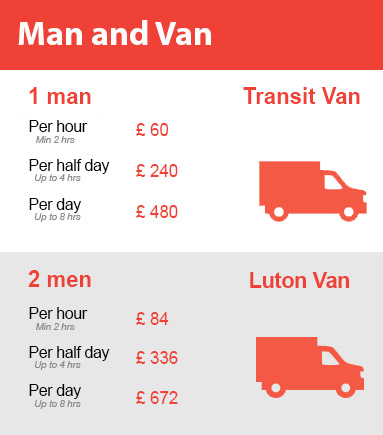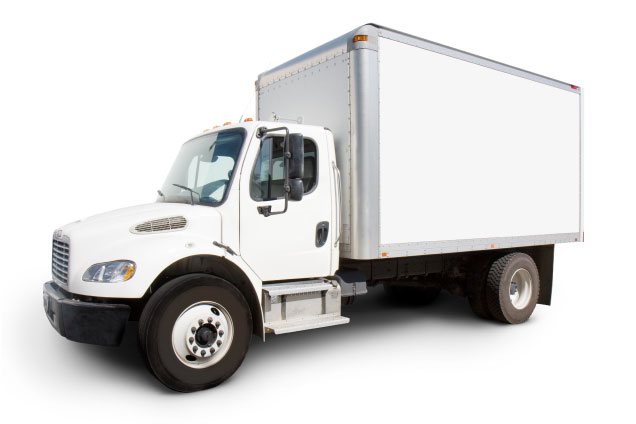Ditch the DIY: Understanding the Perils of Self-Moving a Piano
Posted on 21/06/2025
Ditch the DIY: Understanding the Perils of Self-Moving a Piano
Moving a piano yourself might seem like a cost-effective solution at first glance, but is it really worth the risk? Whether it's an upright, baby grand, or grand piano, these instruments are delicate, valuable, and notoriously difficult to handle. In this comprehensive guide, you'll discover why it's crucial to think twice before attempting a do-it-yourself (DIY) piano move, and why professional piano movers are often the smartest investment.

Why Moving a Piano Is Much Harder Than You Think
"It's just a big piece of furniture, right?" Many assume that moving a piano is no different than moving a couch or table. However, pianos are much more complex--both inside and out. Attempting to self-move your piano can quickly turn into a nightmare if you're not fully prepared.
- Weight and Size: Pianos can weigh anywhere from 300 to over 1,400 pounds, with bulky, awkward shapes that complicate their transport.
- Complexity: Internally, pianos contain thousands of delicate parts. Even slight bumps can knock something out of alignment.
- Expense: Pianos are valuable investments, with repairs and replacement parts often costing thousands of dollars.
- Sentimental Value: Many pianos are heirlooms, meaning damage can't simply be repaired with money.
The Risks of DIY Piano Moving
Taking the DIY route exposes you--and your cherished instrument--to numerous dangers. Here's what can go wrong if you attempt to self-move your piano:
- Personal Injury: Pianos are so heavy that incorrect lifting can easily lead to back injuries, crushed fingers, or worse.
- Damage to the Piano: One slip can dent or crack the body, ruin internal mechanisms, or throw the instrument out of tune.
- Property Damage: Even a small bump can scratch floors, ding walls, or destroy door trim.
- Costly Mistakes: A DIY piano move gone wrong can wind up costing you more in repairs and medical bills than hiring experienced movers would have.
The Anatomy of a Piano Move: Why Expertise Matters
Let's dive deeper into what makes transporting a piano such a specialized task, and why professional piano movers are worth every penny for anyone truly seeking to move a piano safely and efficiently.
Understanding Piano Types
Different piano types present unique challenges:
- Upright pianos: Though compact, their heavy casing and awkward weight distribution make them tough to maneuver through hallways and doorways.
- Grand and baby grand pianos: These require disassembly, careful crating, and secure handling due to their size and shape.
- Digital pianos: Generally lighter, but still not immune to damage from improper handling.
Professionals know how to assess and approach each type specifically, using the right tools and techniques to avoid damage during a piano move.
Tools and Equipment Required
Contrary to the "pick up and push" mentality, proper piano moving involves specialized equipment:
- Heavy-duty dollies: Designed to support the massive weight without damaging floors or the piano itself.
- Straps and padding: Secure the instrument and shield it from scratches or impact.
- Ramps and skid boards: Essential for stairs and uneven surfaces.
- Custom crating: Especially for grand pianos, prevents structural stress during moves.
A lack of proper equipment is one of the biggest reasons why DIY piano movers often end up doing more harm than good.
Real-World Scenarios: Common DIY Piano Moving Accidents
To bring the dangers to life, here are some real-life scenarios that illustrate the perils of self-moving a piano:
The Stairs Mishap
Imagine a steep staircase and an untrained team trying to navigate a 700-pound upright down a narrow path. One misstep, and the piano slips, crashing down the stairs--damaging both the instrument and the house. Worse, someone could be seriously injured or trapped underneath.
Doorway Disaster
Without measurements or protective padding, the piano body catches on the doorframe, causing chips to the wood and a cracked panel. Realignment and refinishing bills follow, not to mention the loss of value and aesthetics.
Dropped and Busted
A group of friends tries to muscle a heavy piano onto a pickup truck bed, but the angle is wrong. The piano tips, falls, and the legs snap off. Repair costs rack up, while the piano may never sound the same.
What Professional Piano Movers Do Differently
Why do the pros make such a difference? Here are some of the ways professional piano movers safeguard your instrument and your peace of mind:
- Pre-move assessment: Movers analyze the piano, the path, and any obstacles ahead of time, ensuring the smoothest route possible.
- Disassembly: Critical for grand pianos, professionals carefully remove legs, lyre, and pedals, and package them securely.
- Custom wrapping: Thick, specialized blankets and padding prevent scratches and external damage.
- Precision equipment: From non-marring dollies to hydraulic lifts, pros have gear you likely don't.
- Reassembly and positioning: Once at the new location, they'll reassemble and precisely place the piano, sometimes even recommending a post-move tuning.
The Financial Argument: Why Professional Piano Movers Are Worth It
At first, it might seem like hiring a professional is just another unnecessary moving expense. But consider:
- Repairs for a damaged piano can run from $500 to $10,000+.
- Personal injury medical bills (even a minor back injury) can be in the thousands.
- Property damage (scratched hardwood, holes in drywall, broken banisters) equals extra costs and headaches.
- Lost value: An antique or heirloom piano loses much of its worth after significant damage, sometimes irreversibly.
By contrast, professional piano movers' fees typically range from $200 to $800 for local moves, and a bit more for complex or long-distance jobs. When compared with the potential costs of a DIY piano move gone wrong, hiring pros makes excellent financial sense.
Insurance: The Overlooked Factor
Did you know that most homeowner's insurance policies do NOT cover accidental damage during a self-move? By using reputable piano movers, you're protected by their insurance policies, ensuring that any mishap--even if unlikely--won't leave you footing the bill.
Frequently Asked Questions About Moving a Piano
Q: Can I move my upright piano myself within the same room?
A: Even short moves within a room carry risks. Uneven weight or improper lifting can damage the floor, legs, or even your own body. For small shifts, moving coasters might help, but anything requiring lifting or navigating obstacles is best left to professionals.
Q: What makes a piano so hard to move compared to other furniture?
A: Pianos combine intense weight with complex, sensitive inner workings. Unlike furniture, bumps can cause permanent harm, and their weight distribution is often unexpected and awkward.
Q: What should I do if I must move a piano without movers?
A: At a minimum, recruit several strong helpers, use proper moving equipment (dollies, straps, padding), clear the path completely, and move slowly. But remember: the risks still remain very high.

Tips to Find a Reputable Piano Moving Service
If you're ready to ditch the DIY and opt for a safer solution, here's how to choose a trustworthy piano mover:
- Look for specialized experience. Not every moving company has the skills for piano moving--choose those with proven expertise.
- Check reviews and testimonials. Previous clients can attest to a mover's care and professionalism.
- Ask about insurance and licensing. Legitimate movers will provide proof of comprehensive insurance.
- Get a clear, written estimate. Know in advance what costs are involved, including any additional charges for stairs or disassembly.
Conclusion: Ditch the DIY for Your Piano's Sake
Moving a piano isn't a weekend chore--it's a high-stakes operation. With so much at risk--financially, physically, even emotionally--it just doesn't pay to take shortcuts. Whether you own a precious grand, a family upright, or a modern digital instrument, entrust your piano's safety and your own well-being to seasoned professionals. Not only will you avoid the perils of self-moving a piano, but you'll also ensure that your cherished instrument is ready to bring music into your home for years to come.
Ready to move your piano safely? Skip the stress--contact professional piano movers and make your relocation harmonious!





